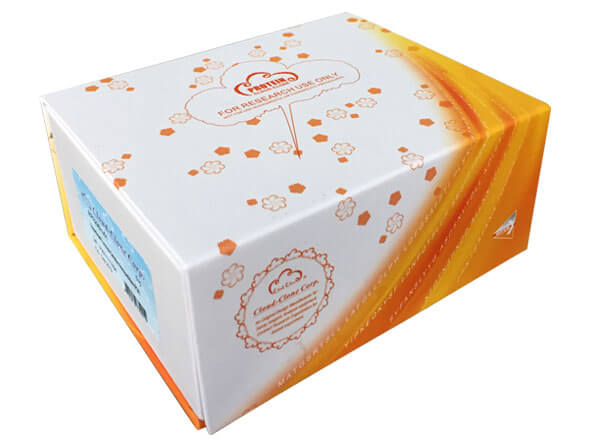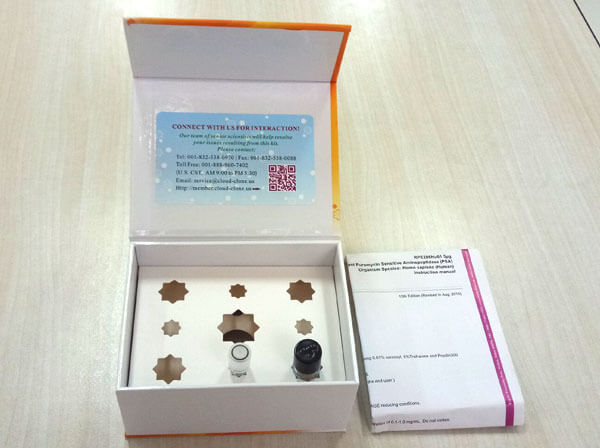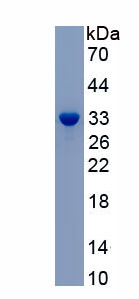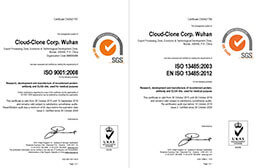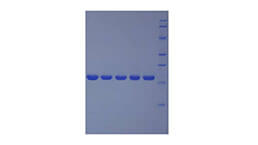Active Cardiac Troponin I (cTnI) 

TNNI3; TNNC1; CMH7; C-TnI; Troponin I Type 3; Troponin I Type 3, Cardiac
- UOM
- FOB US$ 310.00 US$ 775.00 US$ 1,550.00 US$ 4,650.00 US$ 11,625.00
- Quantity
Overview
Properties
- Product No.APA478Hu61
- Organism SpeciesHomo sapiens (Human) Same name, Different species.
- ApplicationsCell culture; Activity Assays.
Research use only - DownloadInstruction Manual
- CategoryCardiovascular biology
- Buffer FormulationPBS, pH7.4, containing 5% Trehalose.
- Traits Freeze-dried powder, Purity > 90%
- Isoelectric Point10.6
Sign into your account
Share a new citation as an author
Upload your experimental result
Review

Contact us
Please fill in the blank.
Activity test
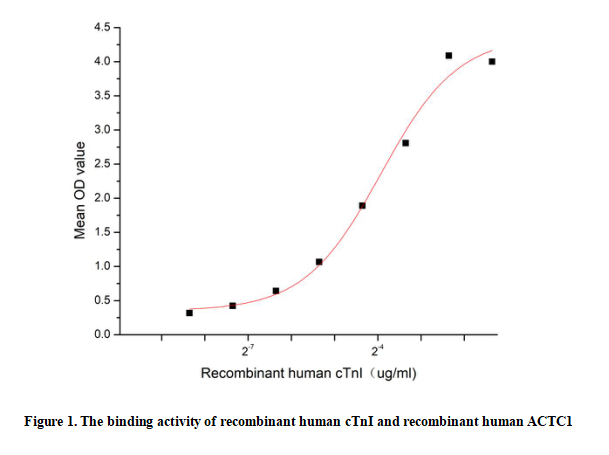
Cardiac Troponin I (cTnI), as a cytoplasmic protein, is one of the most important regulatory proteins part of the troponin-tropomyosin complex localized on the actin (thin) myofilaments in cardiac myocytes.It is the inhibitory subunit of troponin, the thin filament regulatory complex which confers calcium-sensitivity to striated muscle actomyosin ATPase activity.Besides,Actin Alpha 1, Cardiac Muscle (ACTC1) has been identified as an interactor of cTnI, thus a functional binding ELISA assay was conducted to detect the interaction of recombinant human cTnI and recombinant human ACTC1. Briefly, biotin-linked cTnI were diluted serially in PBS, with 0.01% BSA (pH 7.4). Duplicate samples of 100μl were then transferred to ACTC1-coated microtiter wells and incubated for 1h at 37℃. Wells were washed with PBST 3 times and incubation with Streptavidin-HRP for 30min, then wells were aspirated and washed 5 times. With the addition of substrate solution, wells were incubated 15-25 minutes at 37℃. Finally, add 50µl stop solution to the wells and read at 450nm immediately. The binding activity of cTnI and ACTC1 was shown in Figure 1, the EC50 for this effect is 0.066ug/mL.
Usage
Reconstitute in 10mM PBS (pH7.4) to a concentration of 0.1-1.0 mg/mL. Do not vortex.
Storage
Avoid repeated freeze/thaw cycles. Store at 2-8°C for one month. Aliquot and store at -80°C for 12 months.
Stability
The thermal stability is described by the loss rate. The loss rate was determined by accelerated thermal degradation test, that is, incubate the protein at 37°C for 48h, and no obvious degradation and precipitation were observed. The loss rate is less than 5% within the expiration date under appropriate storage condition.
Increment services
-
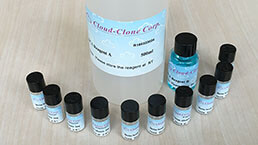 BCA Protein Quantification Kit
BCA Protein Quantification Kit
-
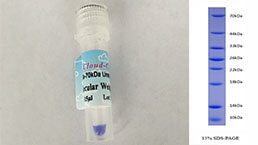 Molecular Mass Marker for Protein
Molecular Mass Marker for Protein
-
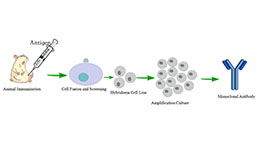 Monoclonal Antibody Customized Service
Monoclonal Antibody Customized Service
-
 Polyclonal Antibody Customized Service
Polyclonal Antibody Customized Service
-
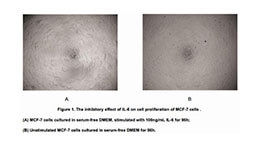 Protein Activity Test Experiment Service
Protein Activity Test Experiment Service
-
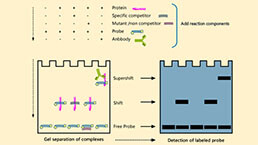 Electrophoretic Mobility Shift Assay (EMSA) Experiment Service
Electrophoretic Mobility Shift Assay (EMSA) Experiment Service
-
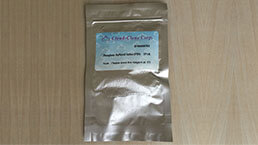 Buffer
Buffer
-
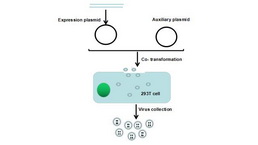 Lentivirus Packaging Experiment Service
Lentivirus Packaging Experiment Service
-
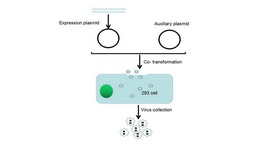 Adenovirus Packaging Experiment Service
Adenovirus Packaging Experiment Service
-
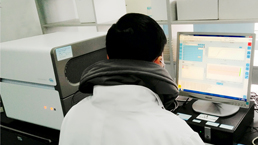 Real Time PCR Experimental Service
Real Time PCR Experimental Service
-
 Spike RBD Protein (S-RBD)
Spike RBD Protein (S-RBD)
-
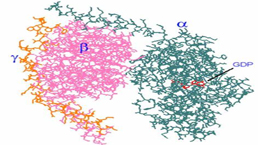 Protein G
Protein G
-
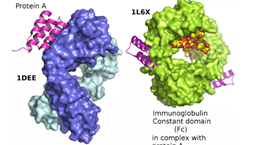 Protein A
Protein A
Citations
- The effects of caloric restriction and age on thyroid hormone signalling in the heart of ratsPl:Source
- Comparison of femoral and aortic remote ischaemia preconditioning for cardioprotection against myocardial ischaemia/reperfusion injury in a rat modelPubmed:25205781
- Cardioprotective effect of remote preconditioning of trauma and remote ischemia preconditioning in a rat model of myocardial ischemia/reperfusion injuryPubMed: 26136887
- Circulating miR-126 and miR-499 reflect progression of cardiovascular disease; correlations with uric acid and ejection fractionpubmed:27924211
- Cardiac biomarkers in dogs with visceral leishmaniasisS0301-732X2016000300004
- Cathepsin B aggravates coxsackievirus B3-induced myocarditis through activating the inflammasome and promoting pyroptosisPubmed:29360865
- Co-exposure of silica nanoparticles and methylmercury induced cardiac toxicity andPubmed:29727991
- Melatonin balance the autophagy and apoptosis by regulating UCP2 in the LPS-induced cardiomyopathyPubmed:29547569
- The Multivariate Regression Statistics Strategy to Investigate Content-Effect Correlation of Multiple Components in Traditional Chinese Medicine Based on a …Pubmed:29494523
- Protective effects of N (2)‑L‑alanyl‑L‑glutamine mediated by the JAK2/STAT3 signaling pathway on myocardial ischemia reperfusionPubmed:29393473
- Hydrogen‑rich solution against myocardial injury and aquaporin expression via the PI3K/Akt signaling pathway during cardiopulmonary bypass in ratsPubmed:29956781
- Protective Effects of Shenfu Injection against Myocardial Ischemia-Reperfusion Injury via Activation of eNOS in RatsPubmed:29910216
- Hydrogen‑rich solution attenuates myocardial injury caused by cardiopulmonary bypass in rats via the Janus‑activated kinase 2/signal transducer and activator of …Pubmed:29928398
- Enoxaparin attenuates doxorubicin induced cardiotoxicity in rats via interfering with oxidative stress, inflammation and apoptosisPubmed:29321061
- Signature-oriented investigation of the efficacy of multicomponent drugs against heart failurePubmed: 30230922
- Trimetazidine Attenuates Exhaustive Exercise-Induced Myocardial Injury in Rats via Regulation of the Nrf2/NF-κB Signaling PathwayPubmed: 30890937
- Could cardioprotective effect of ACE2 activator “diminazene aceturate” is more potent than ACE inhibitor “Enalapril” on acute myocardial infarction in rats?Pubmed: 30840489
- Inflammatory cytokines associated with cancer growth induce mitochondria and cytoskeleton alterations in cardiomyocytesPubmed: 30982981
- Electrochemical dual-aptamer-based biosensor for nonenzymatic detection of cardiac troponin I by nanohybrid electrocatalysts labeling combined with DNA …Pubmed: 30954926
- Protective effects of two novel nitronyl nitroxide radicals on heart failure induced by hypobaric hypoxiaPubmed: 31102744
- DNA nanotetrahedron linked dual-aptamer based voltammetric aptasensor for cardiac troponin I using a magnetic metal-organic framework as a labelPubmed: 31123904
- DNA nanotetrahedron-assisted electrochemical aptasensor for cardiac troponin I detection based on the co-catalysis of hybrid nanozyme, natural enzyme and artificial …
- MiR‐183‐5p protects rat hearts against myocardial ischemia/reperfusion injury through targeting VDAC1Pubmed: 31618500
- Red blood cell-derived semaphorin 7A promotes thrombo-inflammation in myocardial ischemia-reperfusion injury through platelet GPIbPubmed: 32161256
- Chlorogenic acid prevents acute myocardial infarction in rats by reducing inflammatory damage and oxidative stressPubmed: 33022535
- Therapeutic potential of cPLA2 inhibitor to counteract dilated-cardiomyopathy in cholesterol-treated H9C2 cardiomyocyte and MUNO ratPubmed: 32942017
- Early Elevation of Systemic Plasma Clusterin after Reperfused Acute Myocardial Infarction in a Preclinical Porcine Model of Ischemic Heart DiseasePubmed: 32605184
- NLRX1 knockout aggravates lipopolysaccharide (LPS)-induced heart injury and attenuates the anti-LPS cardioprotective effect of CYP2J2/11, 12-EET by enhancing …Pubmed: 32574674
- Inhibition of calpain alleviates coxsackievirus B3-induced myocarditis through suppressing the canonical NLRP3 inflammasome/caspase-1-mediated and …Pubmed: 32509190
- Ethanolic and Aqueous Extracts of Avocado (Persea americana) Seeds Attenuates Doxorubicin-Induced Cardiotoxicity in Male Albino Rats
- Early label-free analysis of mitochondrial redox states by Raman spectroscopy predicts septic outcomes
- Alamandine significantly reduces doxorubicin-induced cardiotoxicity in rats33882726
- Isolation and Culture of Neonatal Murine Primary Cardiomyocytes34289259
- Pharmacological inhibition of arachidonate 12-lipoxygenase ameliorates myocardial ischemia-reperfusion injury in multiple species34536344
- Pea (Pisum sativum) peel extract attenuates DOX-induced oxidative myocardial injury34649330
- Development of a novel ssDNA aptamer targeting cardiac troponin I and its clinical applications34673993
- Nicotinic Acid Riboside Regulates Nrf-2/P62-Related Oxidative Stress and Autophagy to Attenuate Doxorubicin-Induced Cardiomyocyte InjuryPubmed:35242876
- A rapid fluorescent aptasensor for point-of-care detection of C-reactive proteinPubmed:35714415
- Mokko Lactone Alleviates Doxorubicin-Induced Cardiotoxicity in Rats via Antioxidant, Anti-Inflammatory, and Antiapoptotic Activities. Nutrients 2022, 14, 733Pubmed:35215383



